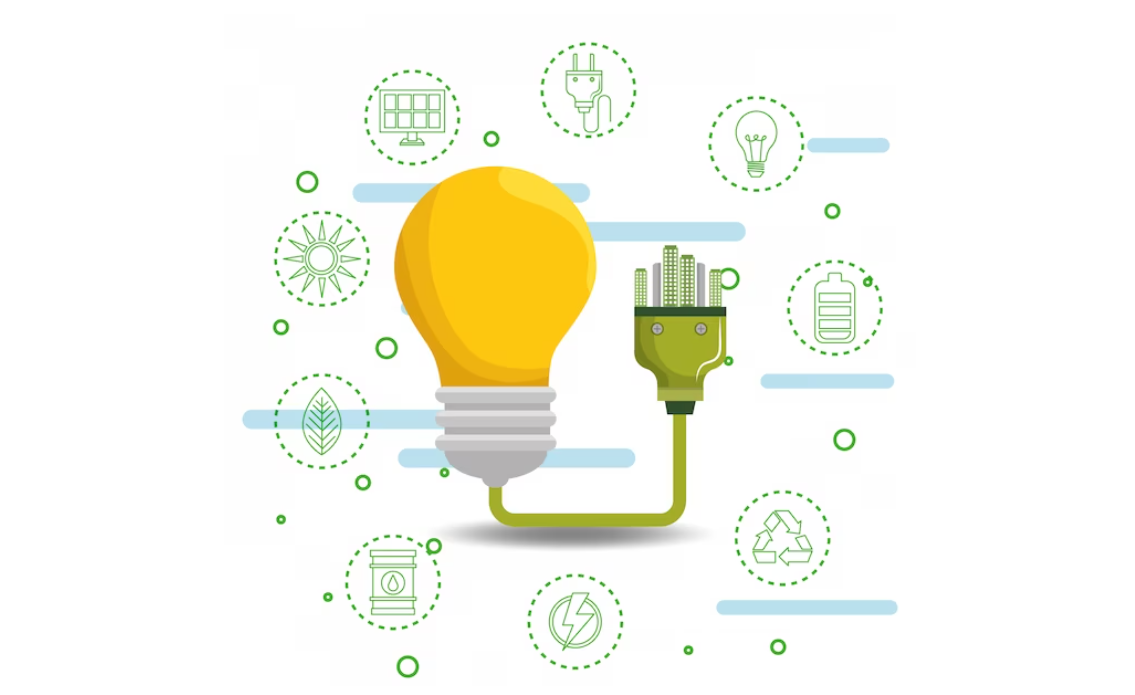Understanding your monthly energy consumption can be a daunting task, given the gamut of numbers and terminologies on your electricity and gas reports. However, deconstructing these reports is crucial in managing your energy usage efficiently and identifying potential opportunities to save on your utility bills.
In this guide, we will be demystifying these reports, breaking down each section, and elucidating the significance of the various metrics recorded. Let’s embark on this enlightening journey to decode your monthly energy utilization.
Understanding Your Energy Consumption
Your energy consumption is primarily detailed in your monthly billing statement. This document, often referred to as the billing statement template, provides an in-depth account of how much energy you’ve consumed in kWh (kilowatt-hours) for electricity and in therms or cubic feet for gas. It’s important to familiarize yourself with these units as they are the basics of energy measurement.
The billing statement also includes other key data like the period of consumption, any outstanding balances, and the due date for payment. By learning to interpret each of these components, you can gain vital insights into your energy use patterns and identify any anomalies or areas for potential savings.
Decoding the Electricity Bill
Your electricity bill is divided into several sections to make your energy consumption and costs easier to understand. The main sections usually include the account summary, meter readings, the cost breakdown, and applicable taxes and fees.
Account Summary: This section gives an overview of your billing for the current period, which includes the previous balance, any payments received, the current charges, and the total amount due.
Meter Readings: This part documents the beginning and ending readings of your electricity meter for the billing period. The difference between these two readings is what you’re billed for.
Cost Breakdown: Here, you’ll find a detailed explanation of the charges, which usually includes the energy charge (the cost of the electricity you used), the delivery charge (what you pay for the electricity to be delivered to your home), and other service charges.
Taxes and Fees: This section lists any applicable state and local taxes, as well as any other fees or charges.
Decoding the Gas Bill
Just like your electricity bill, your gas bill is segmented into several sections, which are designed to provide a comprehensive picture of your gas consumption and associated costs. The main sections typically encompass the account summary, meter readings, the cost breakdown, and any additional taxes and fees.
Account Summary: Here, you’ll find a recapitulation of your billing for the current period, which includes the previous balance, any payments received, the current charges, and the total amount due.
Meter Readings: This part records the starting and ending readings of your gas meter for the billing period. The difference between these two readings represents the volume of gas you’ve consumed, and it’s the basis for your bill.
Cost Breakdown: This section provides a detailed explanation of the charges. It usually includes the gas charge (the cost of the gas you used), the delivery charge (the cost of transporting the gas to your home), and other service charges.
Taxes and Fees: This portion lists any applicable state and local taxes, along with any other fees or charges.
Comparing Energy Consumption
Comparing your energy consumption over time and with others can be a valuable strategy in managing your utility expenses. Reviewing your past billing statement templates will help you identify trends in your energy usage. Plus, it helps account for seasonal variations and the impact of any efficiency measures you’ve implemented.
Likewise, comparing your energy usage to that of similar homes in your neighborhood or even nationwide can provide a benchmark to measure your energy efficiency. Several online resources, like the U.S. Energy Information Administration (EIA), offer tools to conduct such comparisons.
Energy Saving Opportunities
Understanding your billing statement template and energy consumption is the first step toward identifying money-saving opportunities. Once you’ve grasped your usage trends, you can implement measures to reduce your energy consumption. For instance, you might consider investing in energy-efficient appliances or adopting habits that conserve energy, like turning off lights when they’re not in use or adjusting your thermostat settings.
Monitoring your energy usage post-implementation of these measures and comparing it to your previous consumption will allow you to quantify the impact of your efforts. You’ll be able to see the energy (and, therefore, money) you’ve saved reflected on your subsequent billing statements. This exercise not only contributes to reducing your utility bills but also supports a more sustainable and environmentally friendly lifestyle.
Conclusion
Understanding your energy consumption, as detailed in your monthly billing statements, is an essential step toward efficient energy management. Grasping the nuances of your electricity and gas bills empowers you to identify potential areas for energy conservation and cost savings.
Furthermore, comparing your energy usage over time and with others can provide invaluable insights into your energy efficiency, paving the way for targeted conservation efforts. Remember, every small step towards efficient energy use is a significant stride towards a sustainable and environmentally friendly future. Your commitment to monitoring and managing your energy consumption is not just beneficial for you but for the planet as well.

